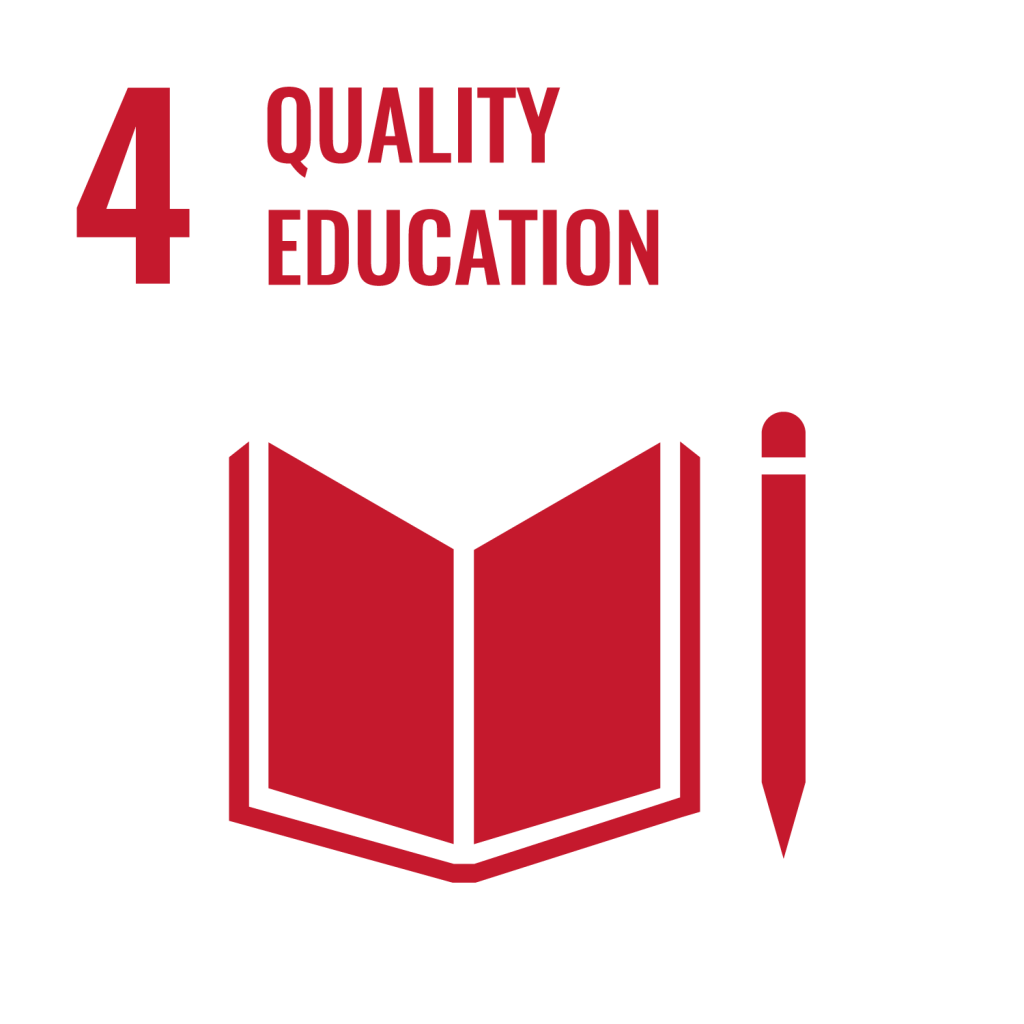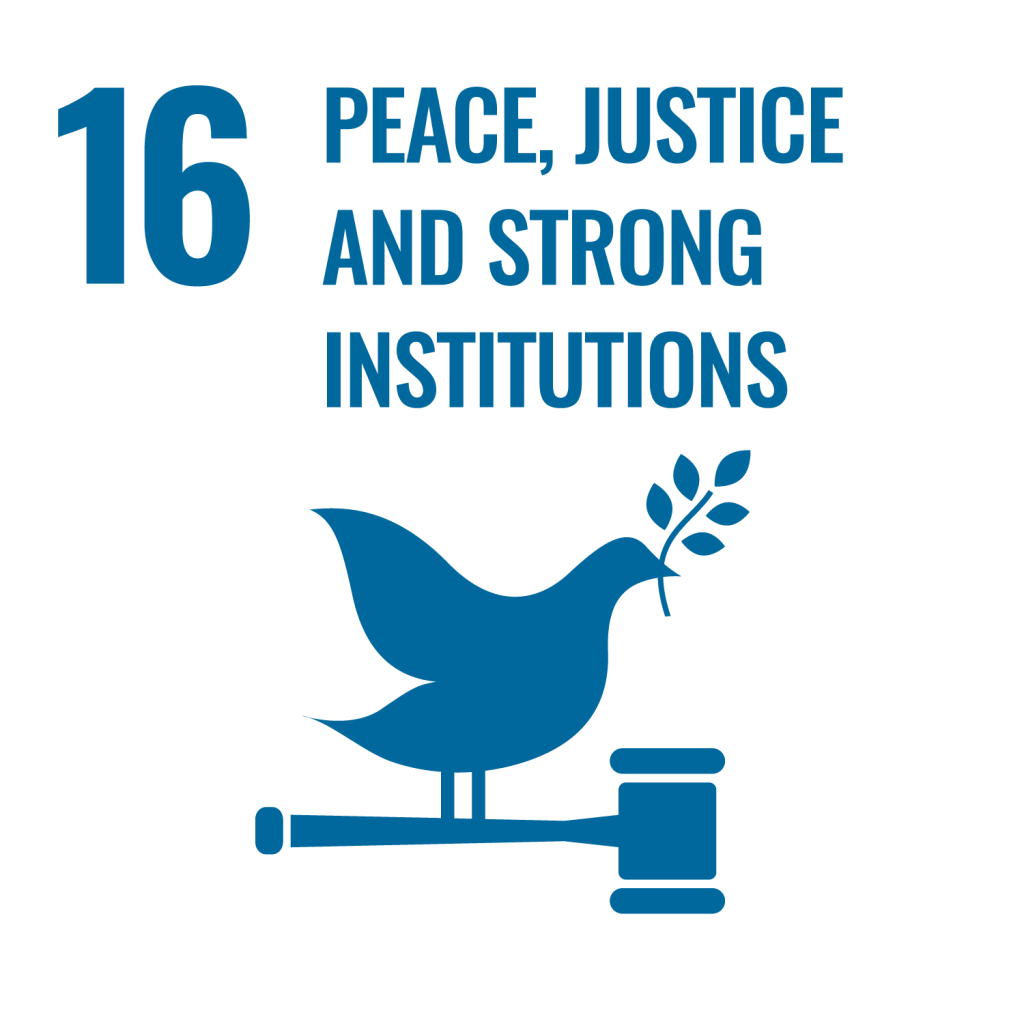When many Nigerians think of justice, they picture endless adjournments, high legal fees, and a system that speaks more Latin than plain truth. Yet justice should mean fairness, not frustration. It’s time to rethink how our justice institutions serve the people, not just the process.
From tenancy disputes to more serious issues like capital offences, millions face barriers to justice every day. The gap between law on paper and justice in practice continues to widen, and with it, public trust erodes.
“Sunday’s Second Chance”
Sunday had been in detention for twenty-one days before anyone outside his family knew he was there. His crime was a minor one: the theft of a loaf of bread and a bottle of malt from a kiosk in Ajegunle, but the punishment had already become larger than his life.
The police station where he was held was cramped, humid, and overcrowded. He slept on bare concrete beside men accused of armed robbery and assault. His mother, a petty trader, visited when she could, often bringing food wrapped in old newspapers. Each time she left, he felt the silence of the cell grow heavier.
Like thousands of young Nigerians, Sunday had slipped into the cracks of a justice system that confuses punishment for deterrence. He had no lawyer, no court appearance, and no record of formal charge. The file bearing his name was just one among many stacked on a dusty shelf, forgotten by the system, but not by those who loved him.
Change came quietly one morning, when a small team pro bono lawyers arrived at the station. They were part of a new initiative aimed at identifying low-level offenders for release, mediation, or rehabilitation. A young probation officer noticed Sunday’s file and recognised what it represented, not criminal intent, but hunger, frustration, and the absence of opportunity.
Through the program, Sunday was released and enrolled in a community-based reconciliation process. Instead of a cell, he found himself in a vocational centre, learning carpentry. Instead of a criminal record, he received mentorship, structure, and a chance to rebuild his life.
Months later, he had begun to earn modestly from his craft, supplying small furniture to local shops. The system that once confined him had, for once, helped him stand.
Sunday’s story is a quiet reminder that justice is not only about guilt or innocence, but about what society chooses to do with both.
The Case for People-Centred Justice
Justice is a public service, not a privilege. Like health care or education, it should be accessible, efficient, and accountable. When courts are inaccessible, inefficient, or underfunded, they do more than delay cases; they damage democracy and deepen cycles of inequality and recidivism.
Conversely, when justice works, everything else works better. Investors have confidence, communities feel safe, and women and vulnerable groups can assert their rights. This is the central promise of a people-centred justice system.
What Makes a Justice Institution People-Centred?
- Accessibility: Citizens can find help without fear, delay, or paying “something for the boys.”
- Empathy: Judicial officers understand the human stories behind each case.
- Transparency: Processes are open, judgments are published, and performance is measured.
- Inclusivity: Systems reflect Nigeria’s diversity, urban and rural, rich and poor, men and women.
- Outcome-Orientation: Success is measured by resolution and public satisfaction, not case volume.
Digital Justice: Lessons from Estonia, and Lagos’s Early Steps
While many justice institutions in Africa still wrestle with paper files and prolonged adjournments, some countries are proving that technology can make justice faster, more transparent, and more accessible.
A leading global example is Estonia, where nearly the entire justice process, from case filing to final judgment, takes place online.
At the heart of Estonia’s system is the e-File, a digital case management platform that allows citizens, lawyers, and judges to initiate and track cases electronically. Every document is filed online and instantly acknowledged, while digital signatures guarantee security and authenticity. Through X-Road, a secure data-exchange infrastructure, courts seamlessly connect with other government institutions, creating a paperless, efficient system.
The impact has been profound: shorter case times, transparent procedures, and reduced costs. Estonia’s model shows that when technology is grounded in trust and backed by strong legal frameworks, justice can truly become a public service, not a bureaucratic burden.
Nigeria is slowly moving in this direction. States like Lagos have pioneered e-filing systems, virtual court sittings, and electronic case tracking, proving that reform is both possible and beneficial. During the COVID-19 pandemic, Lagos’s judiciary successfully conducted remote hearings, a development that has since inspired digital initiatives in other states such as Ekiti, Kaduna, and Rivers.
The progress is uneven but encouraging. Each innovation, from online filing to digitised registries, marks a step towards a justice system that works not only for lawyers and judges but for citizens themselves. Estonia’s experience shows the destination; Nigeria’s early reforms show that the journey has already begun.
The Goal: Designing Justice Around People, Not Procedures
Building a people-centred justice system starts with understanding how citizens actually experience justice, not how the system assumes they do. That means tracing every step of the “justice journey” to find where frustration begins and fixing those points first.
1. Start from real experiences.
Listen to the people who use the system: victims, defendants, market women, landlords, and police officers. Their stories reveal where justice fails and how it can be improved.
2. Simplify access.
Many procedural laws are outdated and intimidating. Simplifying forms, using plain language, and decentralising services to local governments can make justice easier to reach.
3. Empower communities.
Invest in paralegals, community mediators, and human rights desks that help people resolve disputes before they escalate. Traditional dispute resolution can also play a role, as long as it respects human rights and fairness.
4. Use technology wisely.
Mobile platforms for case tracking, legal aid, and public awareness can speed things up. But technology should bridge gaps, not widen them, especially for those without internet access or digital skills.
5. Rebuild institutional culture.
A people-centred system values empathy, ethics, and efficiency. Justice officials should be trained and rewarded not just for following procedure, but for solving problems and delivering real results.
The Road Ahead
Justice is not an abstract ideal or a line in a constitution. It is a living promise between citizens and the state. That promise is broken when justice feels distant, slow, or unaffordable.
Building people-centred justice means returning to the heart of the system: the people it exists to serve. When citizens can resolve disputes fairly, access legal help without fear or favour, and trust that the law protects them, society becomes stronger.






